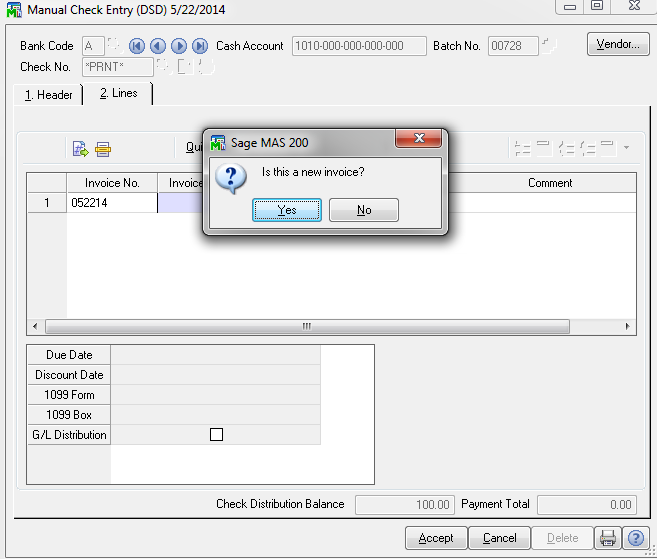
sprintf(“%x”, -123) #=> “.f85” – The value printed is the two’s complement of the decimal value.sprintf(“%+x”, -456) #=> “-1c8” – Prints the negative sign before the hexadecimal value.However, the hexadecimal value is preceded by the hexadecimal notation “0x” sprintf(“%x”, 456) #=> “1c8” – Prints the hexadecimal value of the decimal integer.sprintf(“%#o”, -123) #=> “.7605”- This result is similar to the above example.sprintf(“%o”, -123) #=> “.7605” – Prints the twos complement of the negative decimal preceded by.sprintf(“%+o”, -456) #=> “-710” – Prints the minus sign preceding the octal value.sprintf(“%#o”, 456) #=> “0710” – In this example the octal value is preceded by a zero.sprintf(“%o”, 456) #=> “710” – This example prints out the octal value of the decimal integer.sprintf(“% d”, 456) #=> ” 456″ – Prints the space preceding the integer.
#Sprintf perl plus#
#Sprintf perl code#
The other formats are covered in the following table: FieldĪrgument is either a number code for an individual character or an individual character string itself. Same as “a.” However uses uppercase ‘X’ and ‘P’. Same as ‘g.’ However it uses an uppercase ‘E’ in exponent format.Ĭonverts a floating point argument with fraction part as a hexadecimal and exponential part as decimal. It converts a floating point number which uses exponential form Same as ‘e.’ However, uses the uppercase E to for exponentĬonverts floating point argument to decimal format along with the number of digits after the decimal point. Here the field is of type Float: FieldĬonverts the floating point argument to exponential format. The negative numbers are displayed with prefix f Similar to ‘b.’ However, uses an uppercase OB for prefix.Īrgument is converted into a decimal number.Īrgument is converted into an octal number.Īrgument is converted into a hexadecimal number.

The argument is converted to a binary number. The table here displays the field type characters: Field The sequence is terminated with a field type character. This returns a string in which the argument is formatted according to a format sequence. The syntax of a format sequence is follows %typeĪ format sequence has a “%” sign which is followed by optional flags, width and precision indicators. The syntax of format function is as follows sprintf( format sequence) The major difference is that instead of printing to the screen, sprintf saves the formatted text into a string variable. Conceptually, sprintf is pretty similar to printf. You may be familiar with the Ruby printf function (you can read more about Ruby print in this deep dive tutorial).

If you just need a quick brush up on Ruby, you can read through our step by step guide to learning Ruby. Even if you do not have prior programming experience, this special course on Ruby can help get you up to speed in no time (well, almost!). We assume that you are aware about the basics of Ruby programming. Today we walk you through the sprintf function. The sprintf function is an important IO function which is widely used in Ruby programs. It provides a rich set of functions which enables Ruby programmers to create useful and elegant programs. Ruby IO forms an important part of the Ruby programming language. It is open source, but subject to a license.

This language is object-oriented and is also used for server side scripting. Ruby has features which are like that of Smalltalk, Perl and Python. A new developer will definitely find it easy to learn this important and useful programming language. It is one of the reasons for its tremendous popularity.


 0 kommentar(er)
0 kommentar(er)
